Ame Koji: Gently Sweet Koji Born from Trial and Error
Dec 13,2018
Ame Koji: Gently Sweet Koji Born from Trial and Error
Dec 13,2018
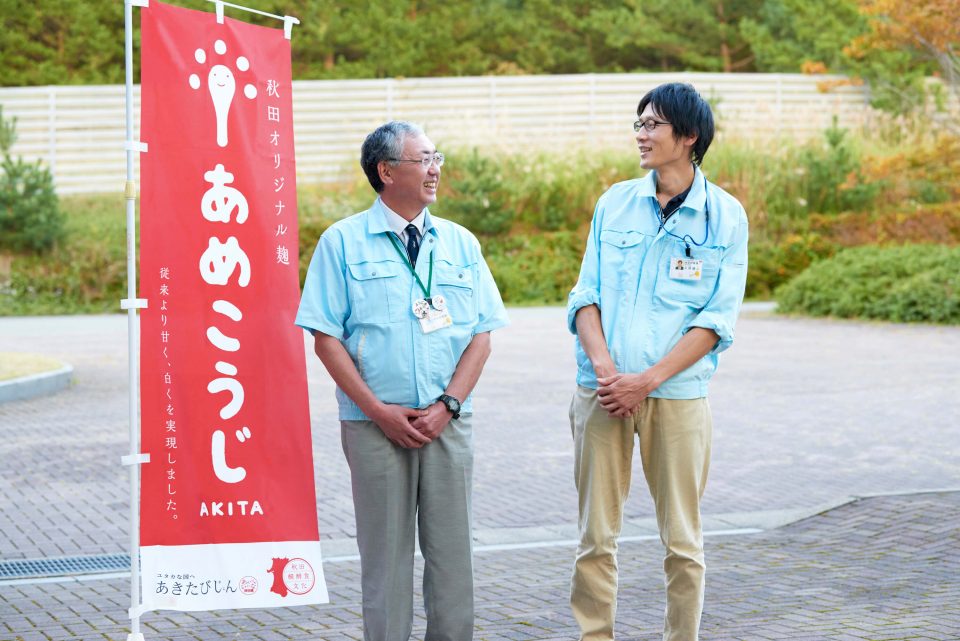

Akita, one of Japan’s leading rice-producing regions, is home to numerous traditional fermented foods made with rice koji malt. Akita is also where ame koji, an original koji strain, was successfully developed in 2014 after four years of research. Ame koji is used in a wide variety of products, ranging from amazake (a sweet drink made from koji) and doburoku (unrefined saké) to sweets and even beauty masks. The koji variety is now being distributed outside of the prefecture as well.
For this article, we spoke with Ogasawara Hironobu from the Akita Research Institute for Food and Brewing, which oversaw the development of ame koji.
The Akita Research Institute for Food and Brewing was established for the purpose of supporting the prefecture’s food industry through technology. When the Institute turned its attention to developing a new original Akita brand, it landed on koji.
“Akita has had a thriving koji culture for centuries. Our research started from the goal of wanting to cultivate a new, unique koji. We had past experience in developing koji used in brewing saké, but this was the first time we worked on developing a koji that can be processed in other foods.”
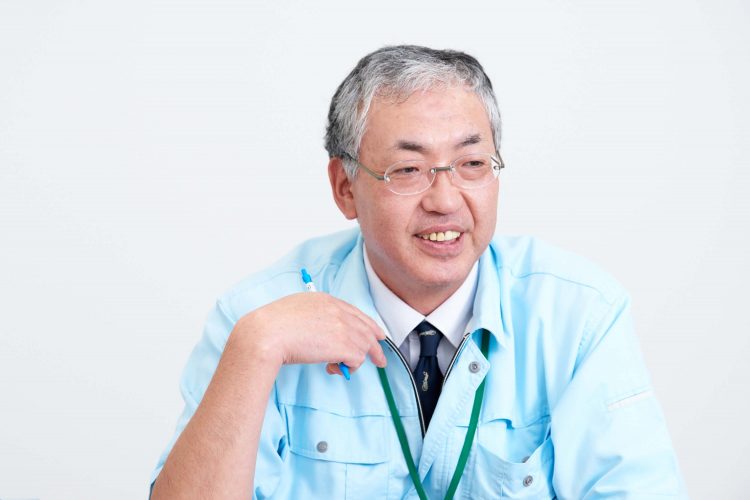
Ogasawara Hironobu, senior researcher at the Planning and Coordination Office, Akita Research Institute for Food and Brewing
After much trial and error, they created ame koji, which is characterized by a strong sweetness and white color. According to Ogasawara, producing koji with both sweetness and whiteness is technically very challenging.
“To develop a koji that is both sweet and white, which had been considered very difficult to make, we launched a joint research project with Akita-Konno Syoten Co., Ltd., one of Japan’s leading seed koji producers. The koji mold we selected as the parent strain is used to brew ginjo saké [high-grade saké made from highly polished rice]. This koji mold is distinctive for its strong sweetness, clean taste, and pleasant aroma. Another characteristic is that koji used for saké is made from highly polished and milled rice and therefore is less prone to turning brown compared to koji used for food processing. In developing ame koji, we developed a strain of koji mold that is particularly sweet and resistant to browning, even among koji molds intended for ginjo saké. The upshot of this is we created a type of koji that is significantly different from conventional koji.”
The whiteness of koji is a leading factor in determining its market value. If the koji is white, it makes amazake and other koji-processed products white, which raises the products’ value.
Ordinarily, when the sweetness of a koji mold is enhanced, the koji is more susceptible to turning brown. What kinds of difficulties did Ogasawara and his team have to overcome to develop a koji that is both sweet and white?
“It’s impossible to know whether a given koji will actually turn white just by culturing a strain in a petri dish. You need to run experiments that subject the koji mold to various stresses and observe how it transforms. Then you have to cultivate the koji mold on actual rice and verify how well it maintains its whiteness. It is incredibly hard work.
“Through this process, we selected the best koji from among many samples, focusing on characteristics such as whiteness and ease of cultivation, as well as practical considerations like whether koji producers and other companies could readily handle the new koji. The development isn’t over just because we created a promising variety here.”
After countless experiments and four years of development, the new koji was named ame koji, with ame coming from the local dialect meaning “sweet”.
“The best way to experience the characteristics of ame koji is amazake. It has a clean aftertaste despite its enhanced sweetness because it has few amino acids. Even people who don’t particularly like amazake have raved about this amazake.”
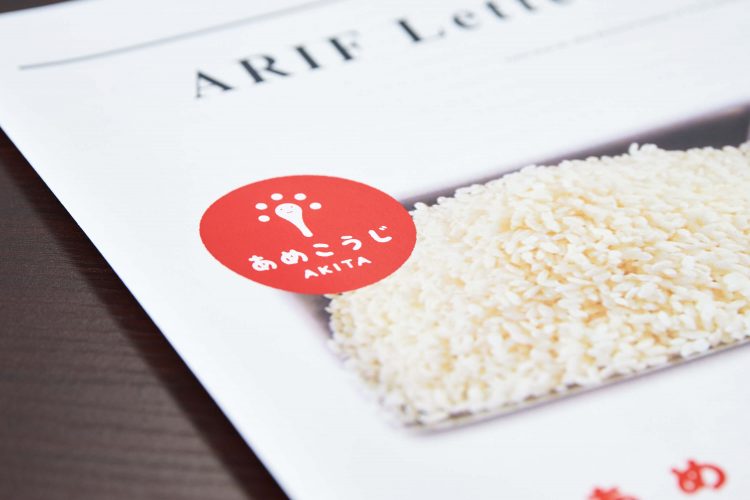
The cute ame koji logo. The logo is placed on all products made with ame koji.
Having achieved their long-pursued goal, the Institute’s staff set out on a three-year campaign in the prefecture to develop ame koji products, unearth demand, and promote ame koji. However, it was no easy feat to ensure stable production of ame koji. The Institute only permitted Akita-based producers who met the Institute’s certification standards to produce ame koji. We asked why the Institute set up such a system.
“Ame koji is very delicate. The starter culture grows slowly and must be carefully controlled to ensure no contamination from other bacteria until it has matured. This is why producers must have a high level of technology and skill and why we instituted the certification tests. If we had allowed anyone to produce ame koji as they pleased, it would have been impossible ensure the quality of the koji. Obviously, we would love to mass produce ame koji products and market them broadly, but the certification system is also a measure to promote ame koji as a brand that represents Akita. Currently, we have eight active certified producers.”
We then asked what the certification tests involve.
“We share our technology and expertise in the form of a production manual and then provide the prospective producer with starter culture. The prospective producer then sends samples of their finished ame koji to the Institute. We evaluate every sample one by one, checking the appearance, texture, and aroma as a matter of course. We also run detailed checks on a series of metrics, such as how resistant the ame koji is to browning when moistened and left for a period of time and whether the bacterial count in the koji meets certain standards.
“The certification tests are passed only when all evaluators give a passing grade on all metrics. We give advice to producers that fail on how to pass the criteria in the future. The advice is quite detailed, such as ‘clean your container lids more thoroughly’ or ‘adjust how long you steam the rice’.”
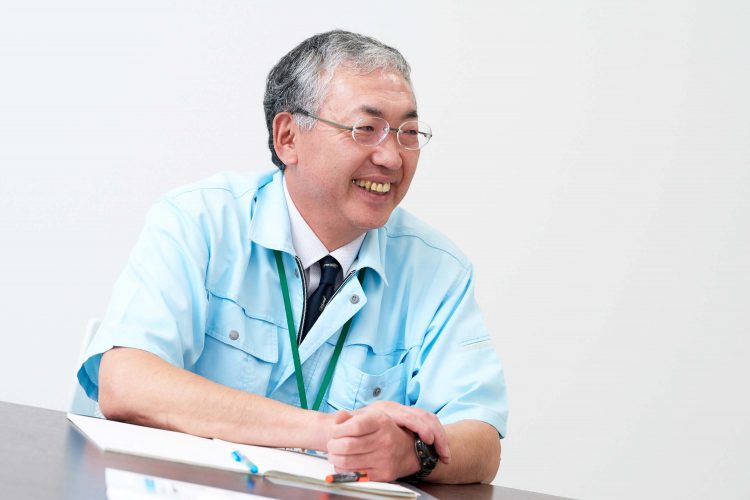
Passing the certification tests, at best, takes three months, and can take longer than six months in some cases. The Institute has another intention behind giving such rigorous tests.
“Each producer has a slightly different way of producing koji, but they have few opportunities to have their processes and quality assessed objectively. Given this, having producers pass these rigorous tests and continually produce ame koji to a set standard, the producers’ techniques and competence will improve in due course and also change their mindset. Raising the bar in this way will surely turn them into valuable assets for opening up Akita’s future.
“So this is another objective of ours in setting such difficult certification tests: namely, to elevate the baseline standard of Akita’s koji industry, which will lead to higher quality fermented foods. We are already seeing improvements at the certified producers that make ame koji, even in the production of non-koji-based fermented foods, such as earning high praise at miso competitions.”
There remain some outstanding challenges, even as the number of certified ame koji producers gradually increases.
“We were fortunate that the timing of ame koji’s development coincided with the recent fermentation trend and Akita’s push to sell more fermented foods. As a result, many companies have supported our initiative. These factors are how we arrived at our current situation.”
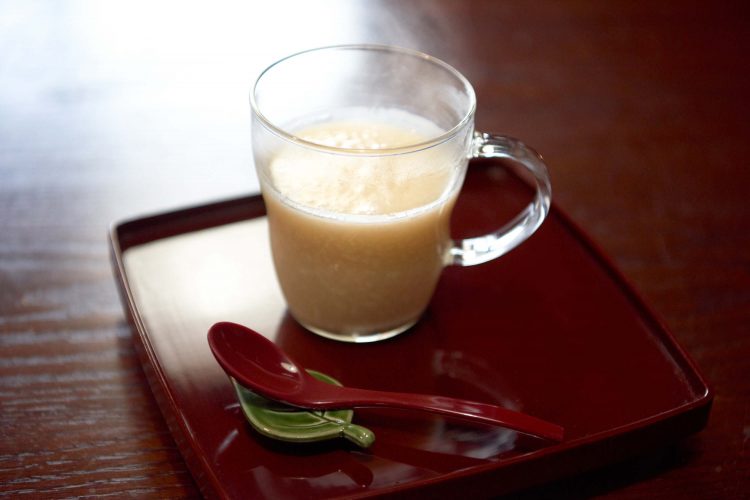
Haba Koji-ten, a famous koji outlet in Yokote, Akita, sells amazake made with ame koji.
Kurawo, a local cuisine restaurant operated by Haba Koji-ten, serves this amazake.
“It’s encouraging to see ame koji products now being sold outside the prefecture. But the reality is that production cannot keep up with demand. To remedy this situation, we are now in the middle of developing a next-generation ame koji. Leading the research project to enhance ame koji is Uehara Kenji, who is here with me now.”
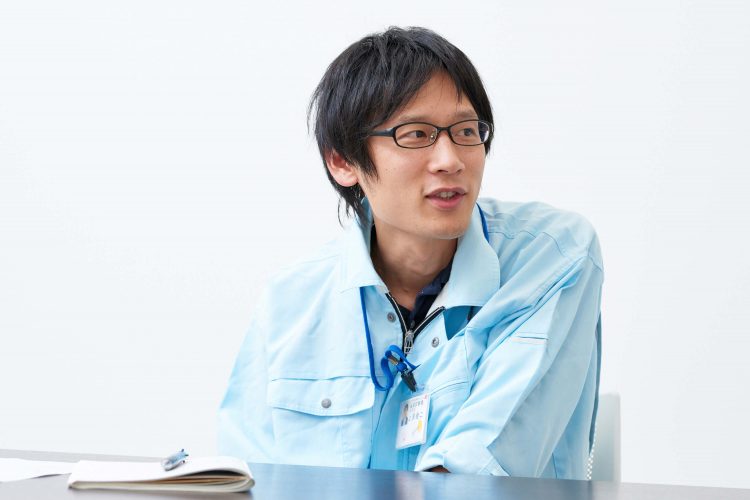
Uehara Kenji, a researcher at the Fermented Food Group, Brewing Laboratory, Akita Research Institute for Food and Brewing
Uehara is currently working on research for the development of the next-generation ame koji, which is the Institute’s aspiration. We wanted to know what kind of koji he intends to develop and on what timeline.
Uehara replies. “At the moment, most ame koji products are amazake or related products. We want to gradually expand the line of ame koji products on the market beyond amazake. Our aim is to develop a high-quality koji mold that is easier to use and can be processed in a wide range of fermented foods such as miso and pickles.”
Akita, the “koji culture” prefecture, may well give us many more new possibilities for fermented foods in the near future.